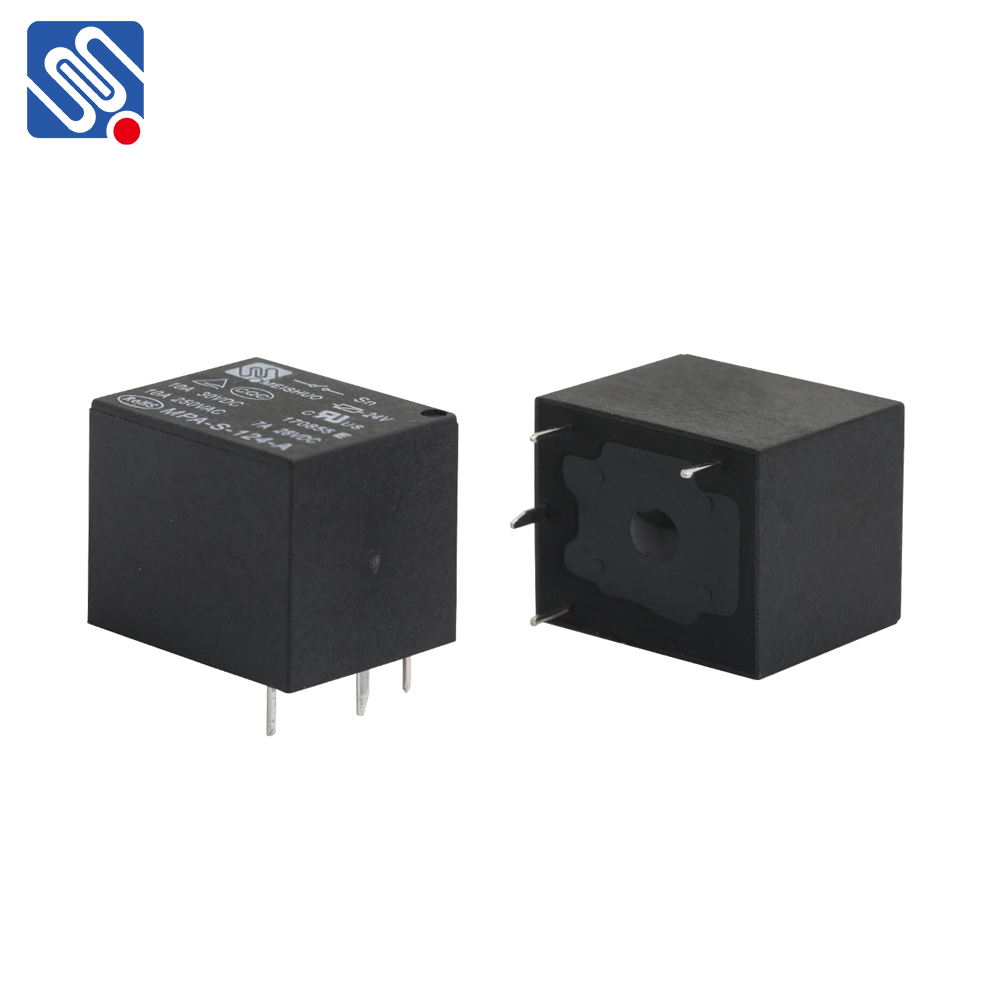understanding the 24v 10a relay: essential features and applications
Release time:2025-10-27 15:16:31
A 24V 10A relay is a widely used component in electrical systems, offering a practical and efficient way to control high-power devices with low-voltage signals. This versatile device plays a crucial role in various industries, from automotive systems to industrial automation, by enabling users to control large electrical loads using smaller control voltages. In this article, we will explore the key features, applications, and considerations associated with the 24V 10A relay, helping you understand its importance in modern electrical and electronic circuits.

What is a 24V 10A Relay?
At its core, a relay is an electromechanical switch that allows a low-voltage control circuit to switch a higher-voltage power circuit on or off. The 24V 10A relay, in particular, is designed to operate with a 24V control signal, typically provided by a DC source, and can switch loads with currents up to 10 amps. These relays are commonly used when there is a need to control high-power devices such as motors, lights, or other heavy-duty equipment while being controlled by low-voltage signals.
How Does a 24V 10A Relay Work?
The operation of a 24V 10A relay involves two main parts: the coil and the contacts. When a 24V control voltage is applied to the relay coil, it generates a magnetic field. This magnetic field moves the relay’s internal contacts, either opening or closing them, depending on the type of relay. In a typical configuration, the relay has several contacts: normally open (NO), normally closed (NC), and common (COM). When the coil is energized, the normally open contacts close, allowing current to flow through the load circuit, while the normally closed contacts open, interrupting the flow of current.

